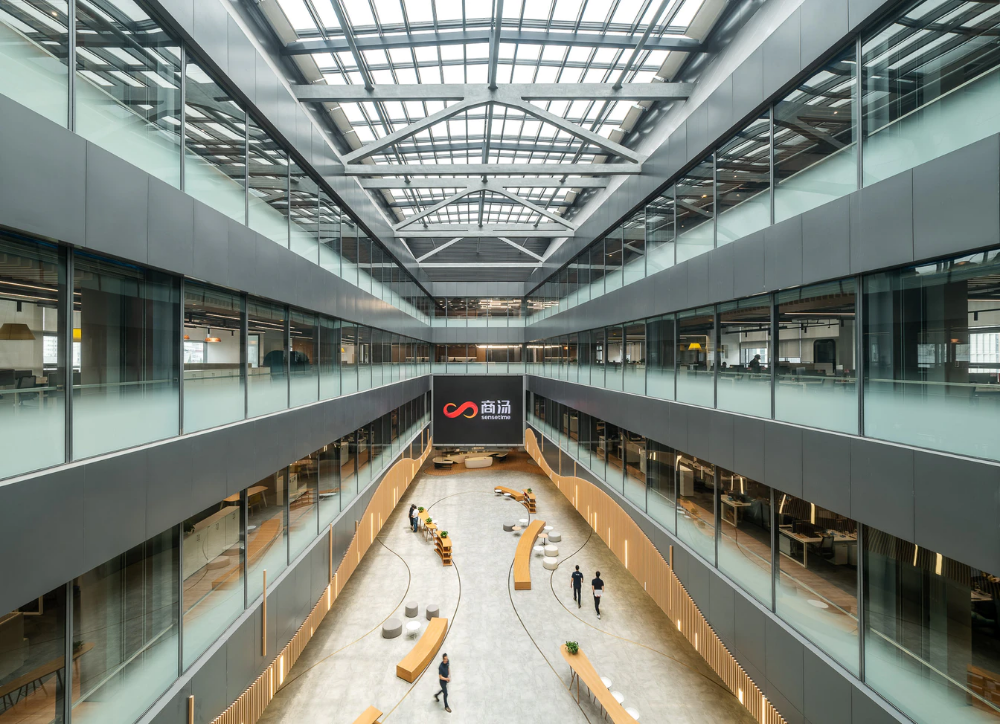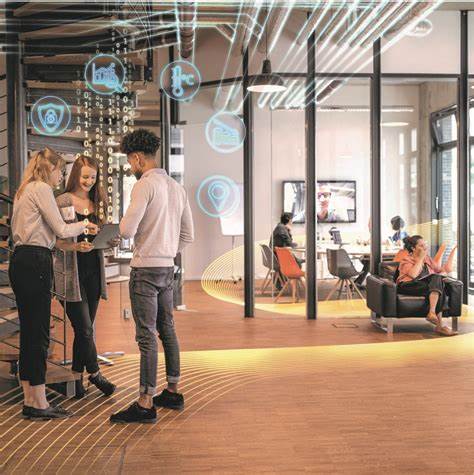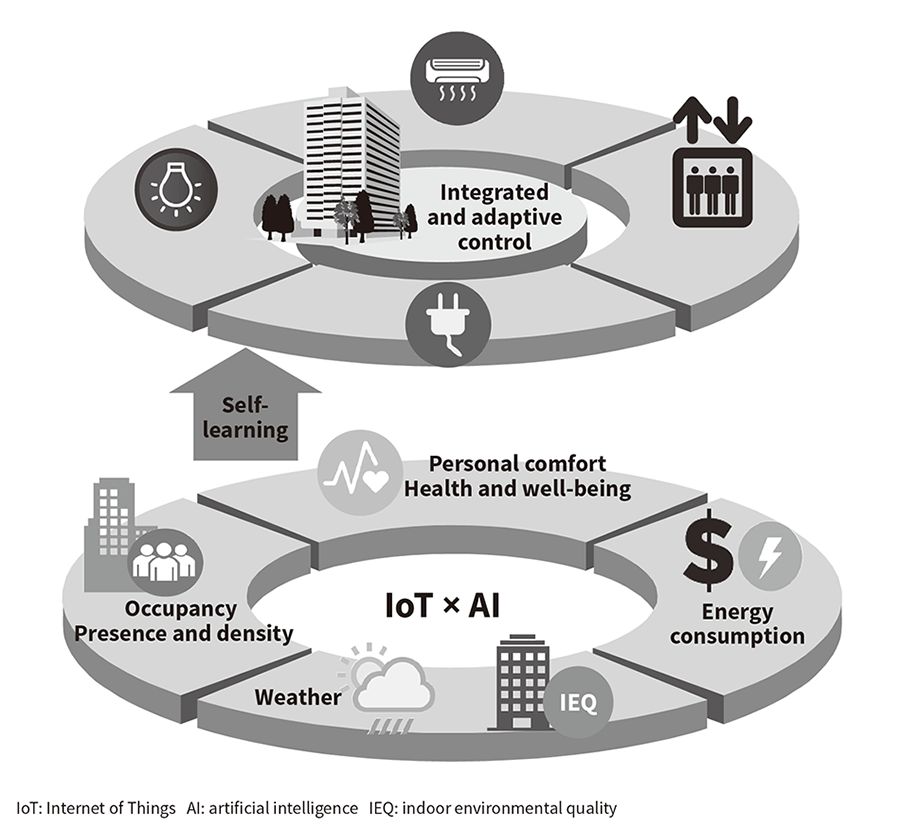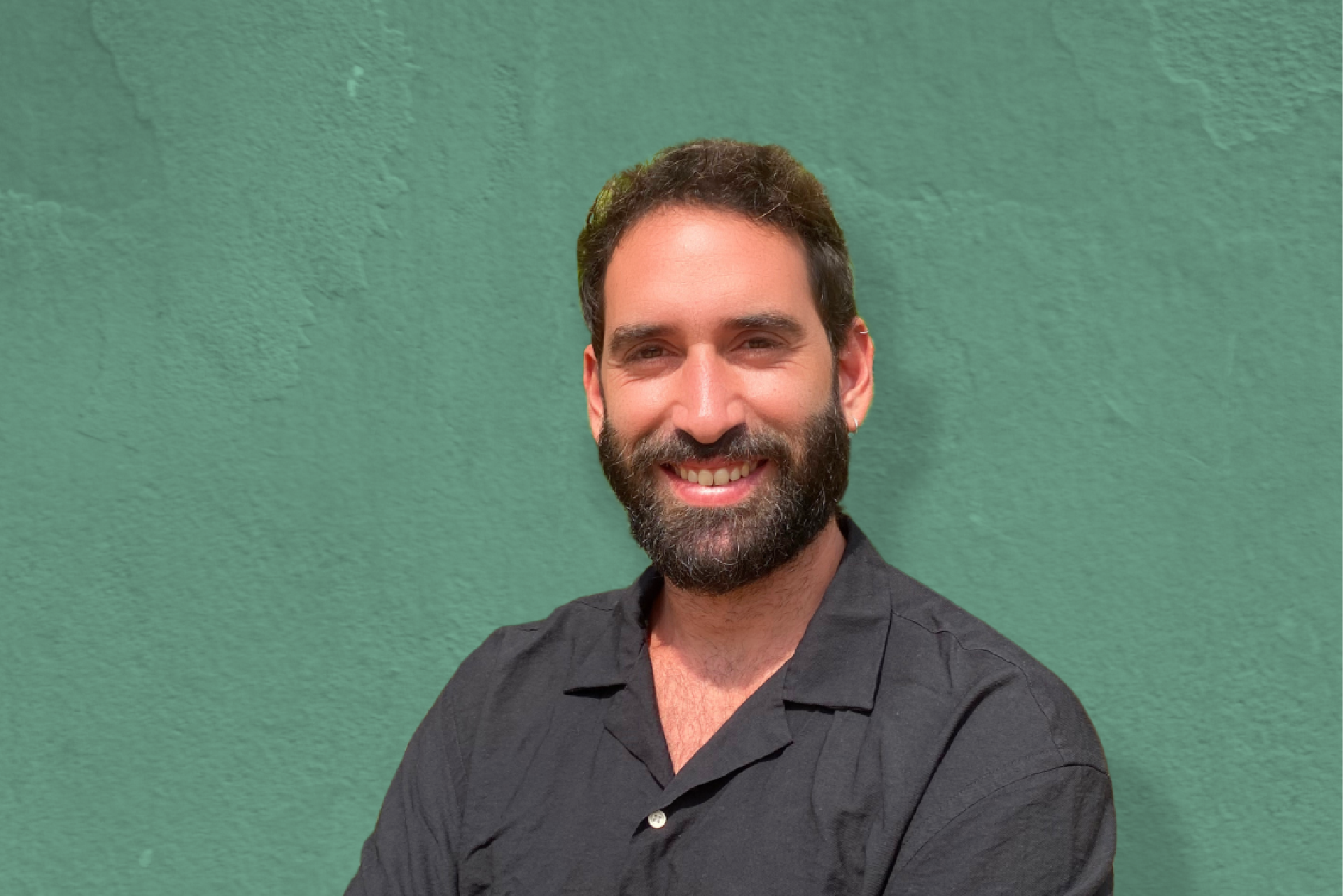
Human-Centric Smart Buildings: Revolutionizing the Future of Architecture
Introduction
Smart buildings that prioritize occupant well-being and comfort are revolutionizing the design and use of built environments. This article explores the historical background, key concepts, main discussion points, case studies, current trends, challenges, and future outlook of human-centric smart buildings.
Historical Background
The evolution of smart buildings has been driven by technological advancements. Initially, the focus was on energy efficiency and sustainability. However, the emergence of the human-centric approach shifted the design towards prioritizing occupant well-being and comfort. Pioneering projects like the Edge Building in Amsterdam paved the way for the integration of technology and user-centric design.
Key Concepts and Definitions
Human-centric design is the core principle of smart building architecture. It emphasizes creating spaces that prioritize occupant well-being and comfort. Key elements include biophilic design, open spaces, ergonomic furniture, and access to views and natural light.
Smart building technologies, such as the Internet of Things (IoT), sensors, and automation, play a crucial role in enhancing the human-centricity of buildings. These technologies enable intelligent lighting systems, adaptive HVAC systems, sensor-based air quality monitoring, and sound masking solutions.
Indoor environmental quality (IEQ) is vital for occupant comfort and health. Lighting, temperature, air quality, and acoustics are key components of IEQ. Optimizing these factors in human-centric smart buildings ensures a comfortable and healthy environment for occupants.

Main Discussion Points
Integrating human-centric design principles in building architecture is crucial for prioritizing occupant well-being. Elements like biophilic design, open spaces, ergonomic furniture, and access to views and natural light improve cognitive function, reduce stress, promote collaboration, and enhance productivity.
Smart technologies enhance the human-centricity of buildings. Intelligent lighting systems synchronized with circadian rhythms support the sleep-wake cycle, adaptive HVAC systems ensure personalized temperature control, sensor-based air quality monitoring maintains healthy indoor air quality, and sound masking solutions create a peaceful environment.
Human-centric smart buildings provide benefits such as improved well-being, productivity, energy efficiency, sustainability, reduced operational costs, enhanced building performance, and maintenance through real-time data monitoring and predictive analytics.
Case Studies or Examples
Microsoft’s Headquarters in Redmond, Washington, exemplifies a human-centric smart building by incorporating biophilic design elements, intelligent lighting systems, and adaptive HVAC systems.
The Edge Building in Amsterdam showcases the integration of human-centric design and smart technologies in an energy-efficient and user-centric building.
Projects certified under the WELL Building Standard, like the Burwood Brickworks shopping center in Australia, prioritize occupant well-being through factors such as air quality, natural light, and noise control.

Current Trends or Developments
Integration of artificial intelligence (AI) and machine learning in smart building systems is a growing trend to optimize energy usage and personalize occupant experiences.
User feedback and customization are shaping the future of human-centric smart buildings by allowing buildings to adapt to individual preferences and enhance occupant satisfaction.
Wearable devices are being incorporated into building design to personalize experiences by adjusting environmental factors based on individual preferences.
Challenges or Controversies
Privacy concerns related to data collection and monitoring are a significant challenge in smart buildings.
The potential for technology dependency and system failures raises concerns about maintaining a comfortable and functional environment.
Cost implications and affordability pose challenges to widespread adoption of human-centric smart buildings.

Future Outlook
Human-centric smart building concepts are expected to influence urban planning, creating healthier and more sustainable cities.
Integration of virtual and augmented reality into building design will transform how occupants interact with their surroundings.
Advancements in AI and machine learning will enhance personalized experiences and optimize occupant well-being in human-centric smart buildings.
Conclusion
Human-centric smart buildings prioritize occupant well-being and comfort, enhancing productivity, sustainability, and occupant satisfaction. Further research and exploration in this field are crucial to unlock the full potential of these buildings.
References
For further reading on human-centric smart buildings, refer to the following sources:
“The Well-Tempered City: What Modern Science, Ancient Civilizations, and Human Nature Teach Us About the Future of Urban Life” by Jonathan F. P. Rose
“Smart Buildings: Advanced Materials and Nanotechnology to Improve Energy Efficiency and Environmental Performance” by Marco Casini
The International WELL Building Institute – www.wellcertified.com




